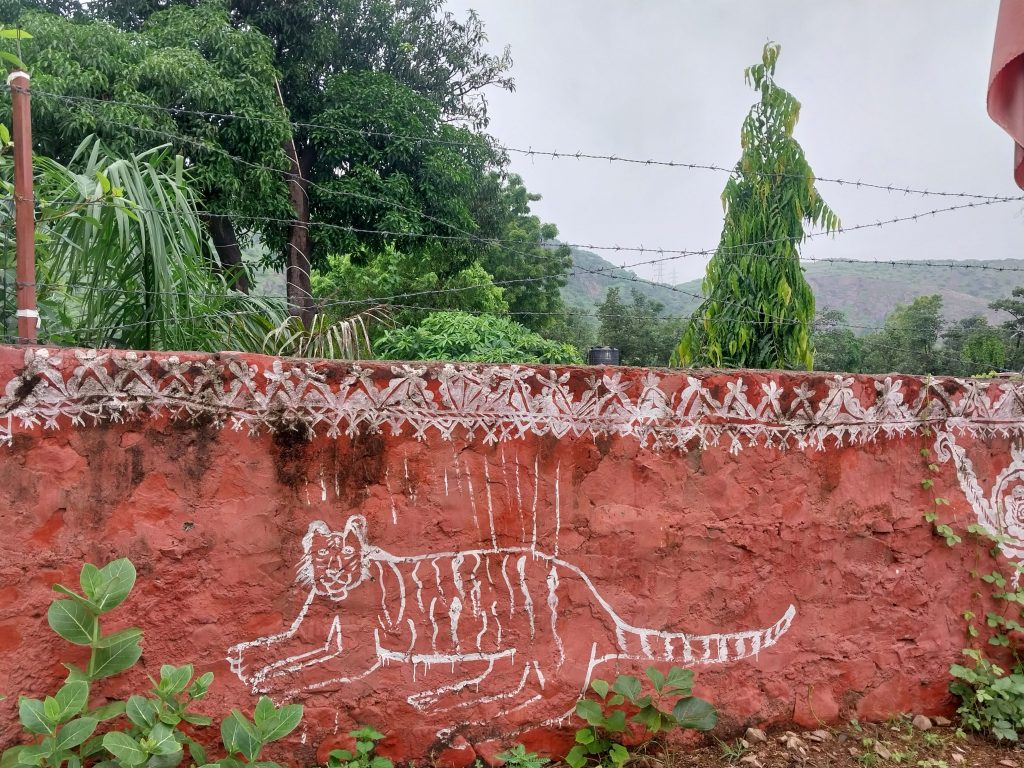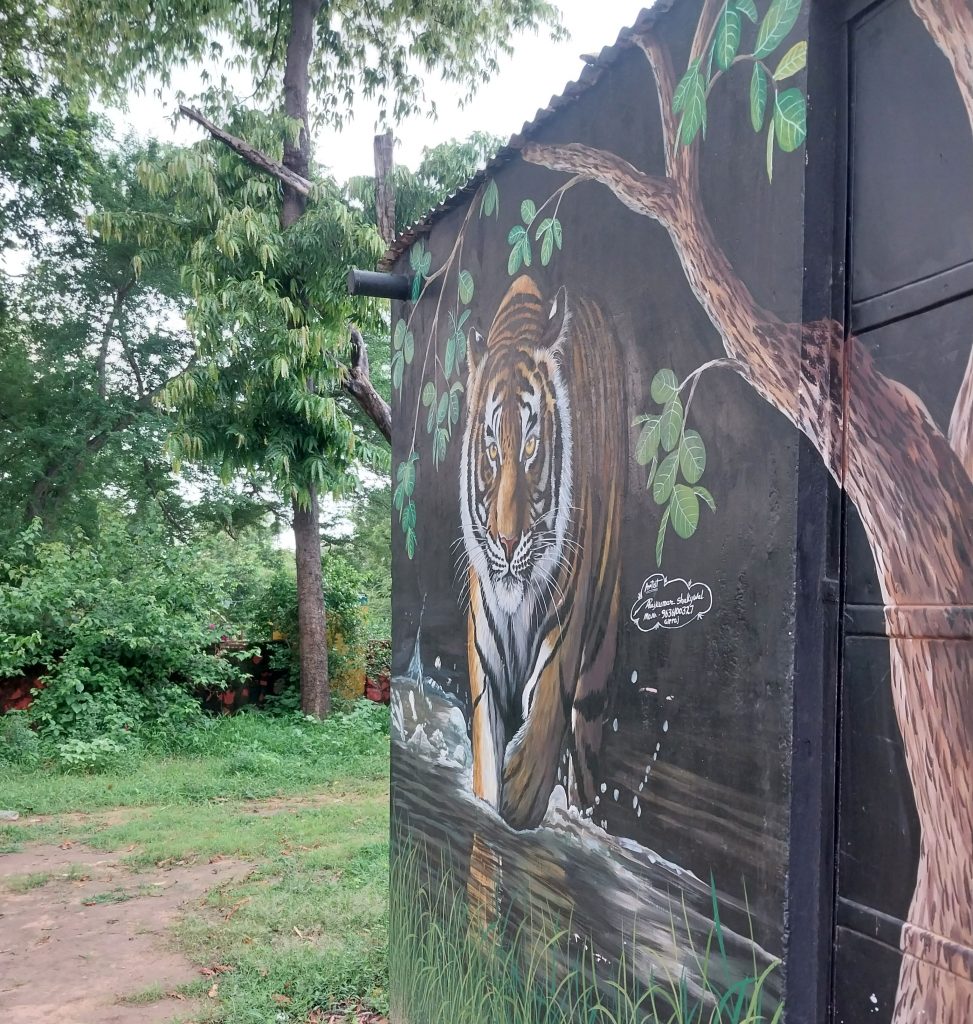
The animals seem to be thriving in certain landscapes of the country and disproportionately adding on to the increasing count, writes Deepanwita Gita Niyogi
The latest Status of Tigers, Co-Predators and Prey in India census report 2022 by the National Tiger Conservation Authority is out. Though it is good news that the country now has 3682 tigers compared to 2967 mentioned in the 2018 report, there is a need to achieve balance in the distribution of tigers across the country.
Tigers seem to be thriving in certain landscapes of India and disproportionately adding on to the increasing tiger count. At the same time, other vast former tiger landscapes have either lost all, or most of their tigers. The Palamau Tiger Reserve in Jharkhand has only one tiger.
Wildlife historian and conservationist Raza Kazmi said if one were to observe India’s tiger distribution map, the divide is clear. “Over the past 50 years, tigers have increased in numbers in the western half of the country while their numbers and occupancy have collapsed in the eastern half save for a couple of exceptions.”
Kazmi added that this is in glaring contrast to the situation in 1972 when tigers, numbering 1827 according to the 1972 census, were more or less evenly distributed across the length and breadth of India.
Over the years, tiger populations have completely collapsed across five east-central Indian states — Jharkhand, Chhattisgarh, Odisha, Telangana and Andhra Pradesh – except for two isolated tiger meta populations in this region. These are Similipal in Odisha and Nagarjunasagar Srisailam-Amrabad spread over Andhra Pradesh and Telangana. “If we were to revive all these huge tracts of former tiger habitats and create conditions that allow tigers to return to these forests, India can definitely harbour more tigers,” Kazmi pointed out.
Problem states
The National Tiger Conservation Authority report mentions four states where the number of tigers have reduced. Incidentally, all four of them also have insurgency issues. The 2018 report mentioned that census work is hampered in the Indravati Tiger Reserve in Bijapur district of Chhattisgarh due to Maoist disturbance.
Chhattisgarh has now 17 tigers down from 19 in 2018. Odisha’s number has reduced to 20 from 28, Jharkhand has touched one from five and Telangana has 21 tigers compared to 26 counted in 2018. Though Andhra improved from 48 to 63 in four years, in 2006 it had 95 tigers.
India’s leading tiger expert Ullas Karanth said some regions are becoming empty of tigers mainly because of continuing hunting pressure from communities for meat and other body parts. “Such commercial hunting and captures are mainly for illegal export to other Asian countries.” He added that the solution lies in ensuring that protected wildlife reserve areas are increased from about five percent now to three times.

To make locals conservation partners, the Nagarjunasagar- Srisailam tiger reserve has engaged Chenchu tribals, who were once traditional hunters, for protection jobs inside the reserve. The community is a primitive tribal group. The management employed them for protection and it has given good results.
A forest officer from Madhya Pradesh said on the condition of anonymity that for decades there was a strong political will for the cause of tiger conservation in the state. “It takes years to understand the dynamics of a wildlife area. In many reserves of the state, the tenure of forest officers is as long as six years even and not the usual three.” The state has the highest number of tigers at 785.
“All officers are trained at one place and they are capable as well as knowledgeable. Eastern states are populist in nature. Their forests are devoid of wildlife due to the hunting tradition. Maoist insurgency can also be a factor in these states not having that many tigers,” he said.
Though there is not adequate proof that Maoists are helping poachers, often in their areas of control, there is hardly any enforcement of wildlife laws. Satnam Singh Badhawan, retired principal chief conservator of forests (development) who worked in Bihar’s Kaimur Wildlife Sanctuary for a few years and then Jharkhand, said poverty on the fringes of national parks like Similipal in Odisha can sometimes push people towards poaching. “Due to insurgency issues in Bihar, many forest staff and officers could not move inside areas rich in wildlife.”
Attempts for a turnaround
Chhattisgarh is already trying to increase tiger numbers with the help of reintroduction in the Achanakmar Tiger Reserve which has five tigers according to the census report.
Principal chief conservator of forests (wildlife) of Chhattisgarh Sudhir Kumar Agrawal said a tigress was released on the night of April 28 in Achanakmar. Two more tigresses and one tiger will be possibly released around December-January.
“This is the plan for tiger recovery in the state. Relocation of villages will be an important part of the tiger recovery process. The shifting of three and more villages is in an advanced stage out of the 19 remaining inside the reserve,” Agrawal added.
The Chhattisgarh top officer added that villagers will be consulted before the release. The tigress already released in Achanakmar is from Guru Ghasidas National Park of the state and she is five and a half years old. “For this too, we consulted people and most of them agreed.”
Other plans are also afoot. “Within a span of three to four years, I am planning to put up 70-80 patrolling camps in all the three tiger reserves as well as Guru Ghaisdas. Rs 15 lakh will be spent on each. Guru Ghasidas in time will become a tiger reserve,” Agrawal said.
In Odisha, the Satkosia Tiger Reserve, now empty of tigers, is planning reintroduction possibly by next year. Badhawan pointed out that scientific management of grasslands is poor in many places. “Though the canopy density of Betla National Park falls under the dense to very dense category, it lacks grasslands. Tigers from Palamau (a part of Betla) may have migrated to adjoining areas with better prey base.”













